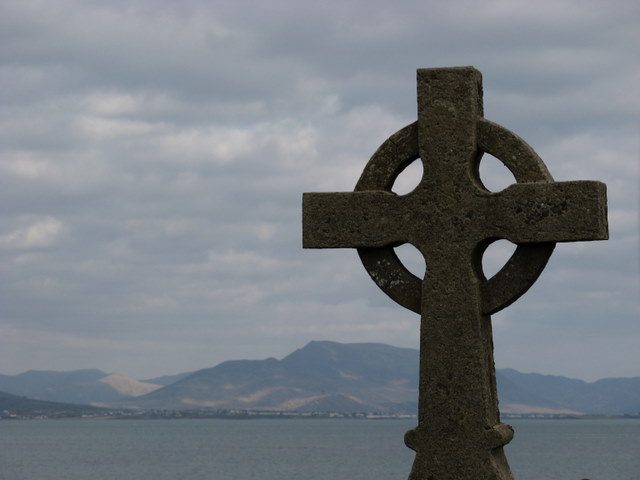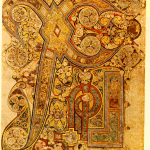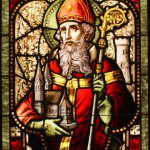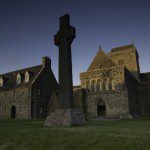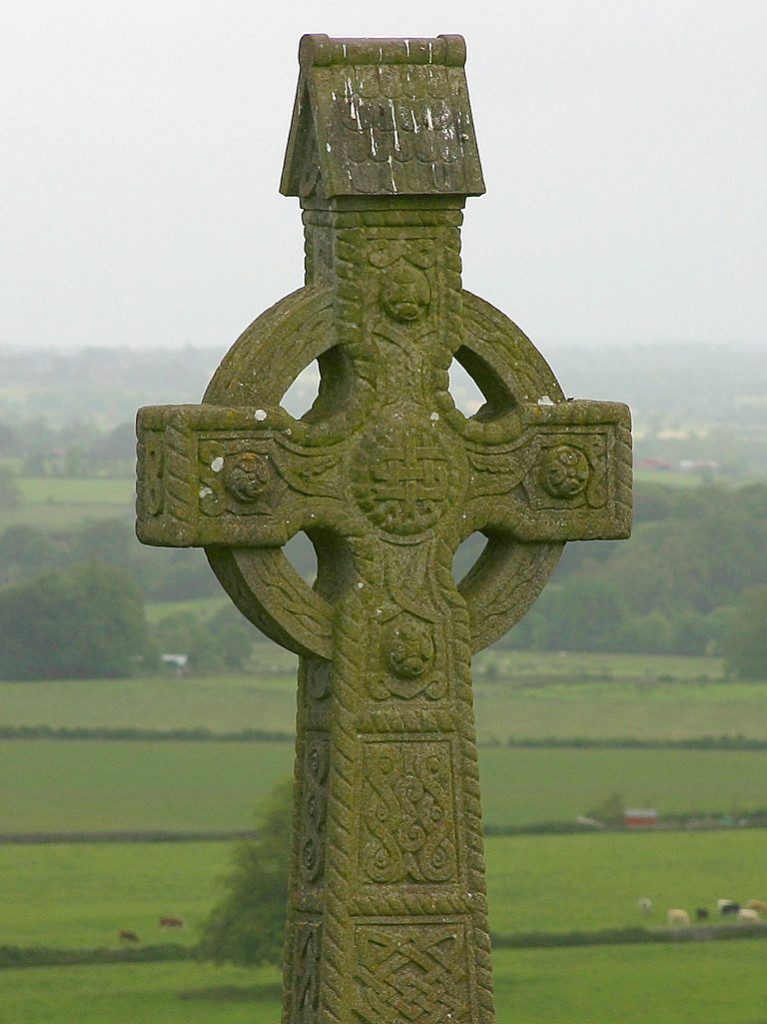
On a trip to Ireland, a guide once gestured toward a field full of stones: “How do you know those rocks aren’t worth anything?” he asked me. When I gave up guessing, he said, “Because the English didn’t take them.”
Actually, that joke says much more about the centuries of English oppression of Ireland than it does about the worth of those rocks.
The Irish, in fact, have long appreciated stones. The ancient Celts used them to create countless monuments—dolmens, passage graves, standing stones, and circles of monolithic slabs. And after Christianity came to Ireland, the Celts created High Crosses, one of the most distinctive features of Celtic Christianity.
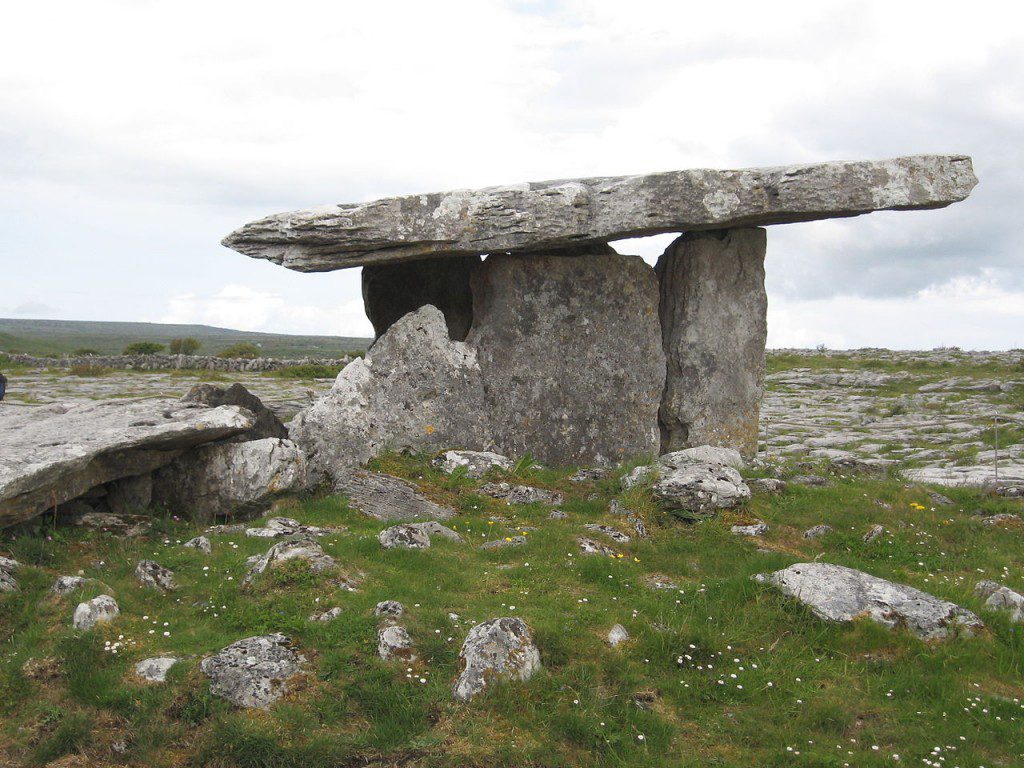
These High Crosses illustrate the genius of Celtic Christianity in blending the ancient traditions with the new. Credit for this goes in part to missionaries like St. Patrick, who had great respect for the older ways. He encouraged Druid priests to become Christian priests, for example, and often re-christened pagan holy sites as Christian ones. He constantly looked for ways to use native images and ideas to explain the features of the new religion.
The High Crosses are a wonderful visual symbol of this blending. Standing as high as twenty feet, these tall sentinels can be seen from long distances. They were often erected by monasteries, which became centers of learning and spirituality for the surrounding region.
The sides of the crosses were often elaborately decorated with Biblical scenes, illustrations that helped tell the story of the new faith. These crosses announced, as the standing stones had done for pagan Ireland, that this was a holy place.
The design of the High Crosses revealed something as well. They feature the familiar vertical and horizontal bars of the cross, but they also include a circle. Scholars don’t know for certain why the Celts adopted this form, but they speculate that it perhaps incorporates earlier sacred imagery linked to the sun.
The circle may represent creation, the unity of all life, and the world of nature that the ancient Celts loved with such passion. The cross represents redemption and the power of Christ to overcome death. The Celtic Cross links these two powerful symbols into one.
If you’re lucky enough to go to Ireland (and really, it’s one of the most wonderful places on earth, and so you should go, if you haven’t already), go to see these High Crosses. Monasterboice, Clonmacnoise, and Kells have particularly fine examples. Stand in front of these massive landmarks of stone, weathered now by many centuries of rain and sun and wind.
I think you’ll sense that they still mark holy ground.
